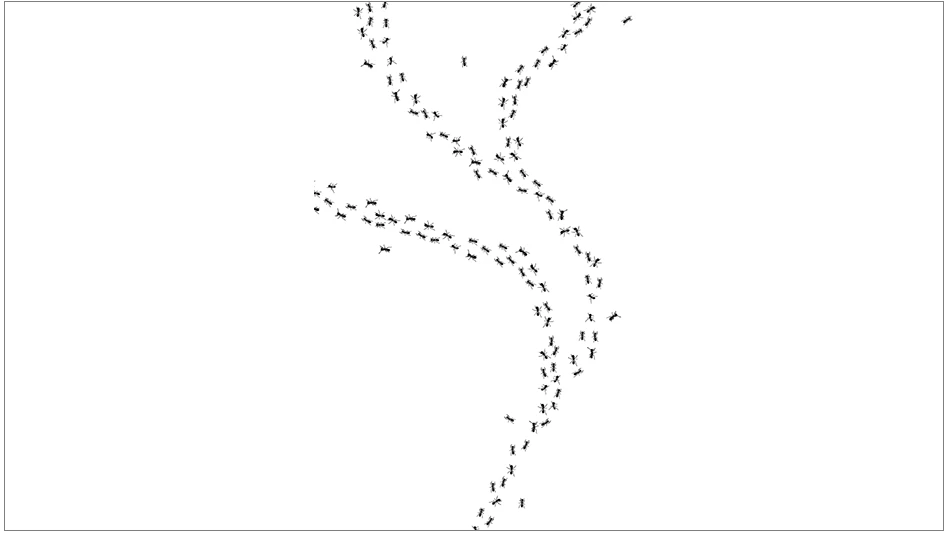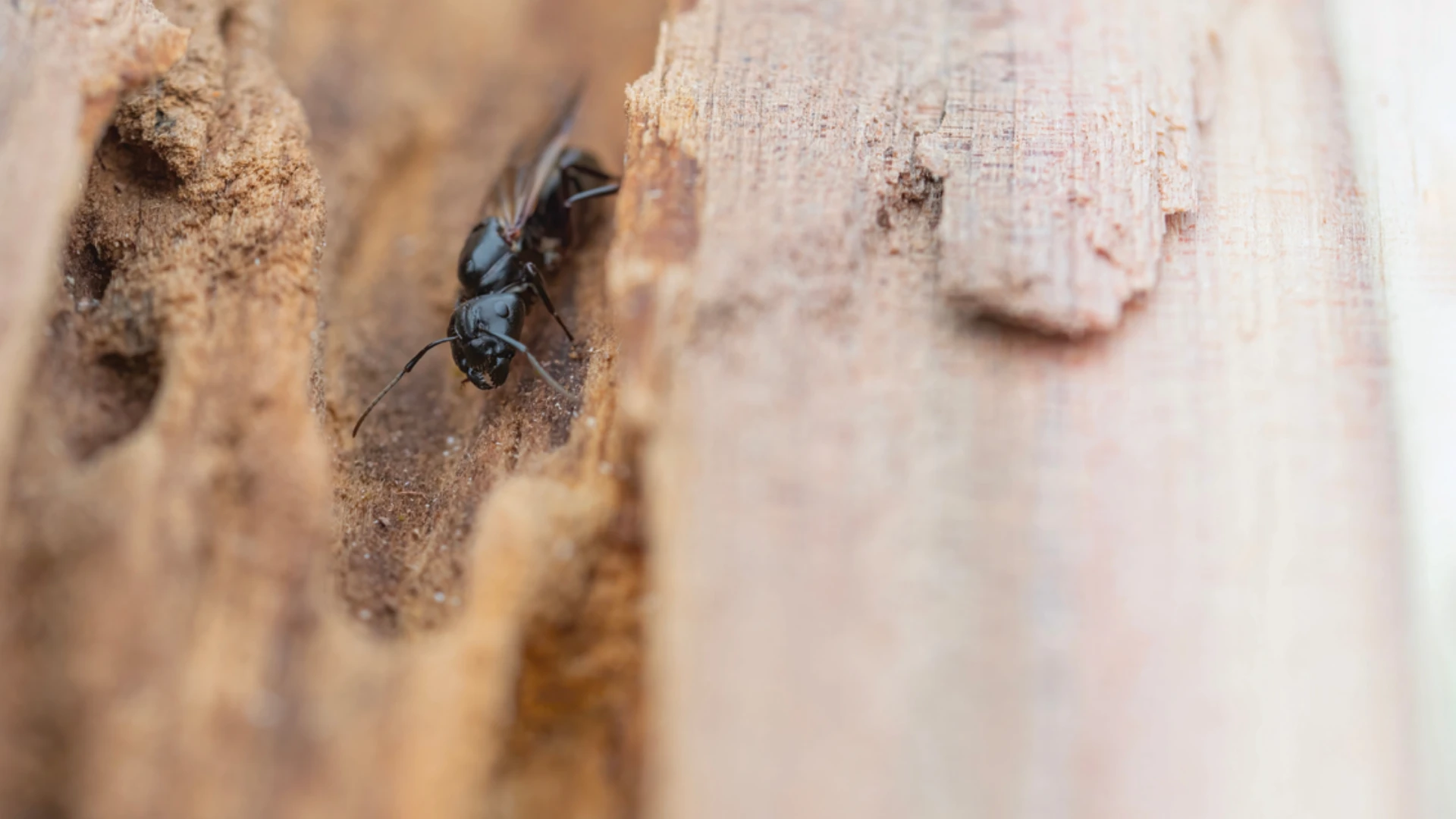
ATLANTA, Ga. — To determine how the human brain reacts to seeing insects and other pests, pest control leader Orkin partnered with the Georgia Institute of Technology (Georgia Tech) on a scientific research study.
Georgia Tech researchers discovered that pests seen in a home elicited the neurological reaction of “strong disgust,” an emotion associated with avoiding contamination and disease.
“We expected to find that the study participants were afraid of pests,” said Orkin Entomologist Mark Beavers, Ph.D. “The reaction of disgust is actually very significant, as many of the common household pests shown in the study can contaminate food and spread disease. It’s amazing how the human brain has adapted to the potential problems posed by many of these pests and reinforces why we all should take precautions to keep such pests away from where we live, work and play.”
STUDY DETAILS. Georgia Tech researchers used a functional Magnetic Resonance Imaging (fMRI) machine to monitor participants’ brain activity and heart rate. Inside the fMRI machine, researchers showed participants a series of video clips depicting insects and animals in different environments. They were shown common household pests (including cockroaches, bed bugs, flies, spiders and rodents), as well as video clips of “frightening” animals (including sharks, lions and crocodiles).
Participants were also shown video clips of everyday occurrences (such as a waving flag), to serve as a control condition to compare neurological responses. Video clips were displayed in a random order, each clip lasting 15 seconds.
With nearly every participant, the pest videos triggered a reaction in the brain’s insula, a region deep in the cerebral cortex associated with disgust. The amygdala, a portion of the brain associated with fear, was only triggered by videos of frightening animals.
“Insects in the home produced more disgust in the brain than insects in the wild, especially cockroaches.” said Dr. Eric Schumacher, director of Georgia Tech’s Center for Advanced Brain Imaging. “Our research suggest that we may be conditioned against pests in the home because they may be associated with contamination or illness,” he said.
Twenty adults participated in the study, including 12 females and eight males.
Participants also ranked their own anxiety while viewing videos of pests, using a hand-held rating device and through a post-scan survey. Seventy percent of the participants ranked their level of anxiety while viewing images of household pests as either mild, moderate or severe.
The study was presented by Georgia Tech researchers at the Cognitive Neuroscience Society (CNS) meeting in 2017. After receiving interest by peers at the conference, Georgia Tech is pursuing publication of the study in a medical journal.
Georgia Tech researchers discovered that pests seen in a home elicited the neurological reaction of “strong disgust,” an emotion associated with avoiding contamination and disease.
“We expected to find that the study participants were afraid of pests,” said Orkin Entomologist Mark Beavers, Ph.D. “The reaction of disgust is actually very significant, as many of the common household pests shown in the study can contaminate food and spread disease. It’s amazing how the human brain has adapted to the potential problems posed by many of these pests and reinforces why we all should take precautions to keep such pests away from where we live, work and play.”
STUDY DETAILS. Georgia Tech researchers used a functional Magnetic Resonance Imaging (fMRI) machine to monitor participants’ brain activity and heart rate. Inside the fMRI machine, researchers showed participants a series of video clips depicting insects and animals in different environments. They were shown common household pests (including cockroaches, bed bugs, flies, spiders and rodents), as well as video clips of “frightening” animals (including sharks, lions and crocodiles).
Participants were also shown video clips of everyday occurrences (such as a waving flag), to serve as a control condition to compare neurological responses. Video clips were displayed in a random order, each clip lasting 15 seconds.
With nearly every participant, the pest videos triggered a reaction in the brain’s insula, a region deep in the cerebral cortex associated with disgust. The amygdala, a portion of the brain associated with fear, was only triggered by videos of frightening animals.
“Insects in the home produced more disgust in the brain than insects in the wild, especially cockroaches.” said Dr. Eric Schumacher, director of Georgia Tech’s Center for Advanced Brain Imaging. “Our research suggest that we may be conditioned against pests in the home because they may be associated with contamination or illness,” he said.
Twenty adults participated in the study, including 12 females and eight males.
Participants also ranked their own anxiety while viewing videos of pests, using a hand-held rating device and through a post-scan survey. Seventy percent of the participants ranked their level of anxiety while viewing images of household pests as either mild, moderate or severe.
The study was presented by Georgia Tech researchers at the Cognitive Neuroscience Society (CNS) meeting in 2017. After receiving interest by peers at the conference, Georgia Tech is pursuing publication of the study in a medical journal.
Latest from Pest Control Technology
- CAPMA Hosts 2025 Legislative Day in Sacramento
- Grizz Pest Management Bartends for a Cause
- Rose Pest Solutions Becomes Official Pest Provider of Chicago Fire FC
- WSPMA Hosts Legislative Day at Washington State Capitol
- A-1 Pest Control Marks 59 years in Business
- Hawaii PCO Shares Regulatory Challenges, Business Impacts from Lahaina Wildfires
- 5 Tips for Reducing Waste in the Office and in the Field
- OvoControl Now Available in Chile





